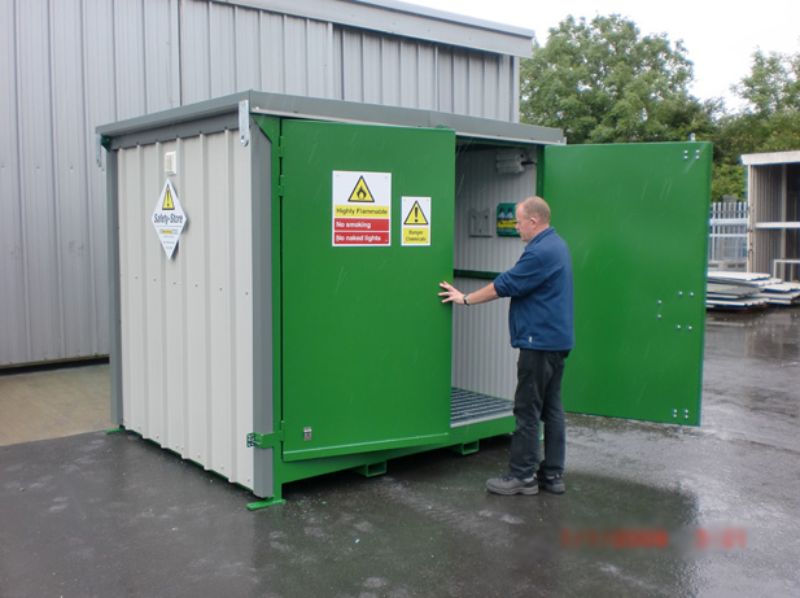A Guide to Agrochemical/Pesticides Storage Cabinets

Any business that uses pesticides or other agricultural chemicals (agrochemicals) needs to have a dedicated, purpose-built storage unit for these potentially hazardous substances. The cabinet is required so that the chemicals can be kept secure against unauthorised or malicious use. And cannot easily enter the environment and present a minimised risk to health.
If you are involved in farming, operate a garden centre, are a groundskeeper or work in any other industry using these substances, then read on for our handy guide to pesticide and agrochemical storage cabinets.
Table of Contents
Security
One of the key things that you are trying to achieve with dedicated storage for these chemicals is security. You have a legal obligation to keep anything that could be hazardous to health or the environment out of the hands of people unqualified or unauthorised to use them, or who have malicious intent.
A good quality storage cabinet will be made from strong steel. And with a heavy-duty locking mechanism and concealed hinges to prevent anyone other than a key holder from getting in.
Fire protection
At a minimum, your pesticides/agrochemical cabinet should keep the contents safe from an external fire for over 30 minutes. This allows time either for the fire to be extinguished, or personnel to be evacuated, before the chemicals are ignited/exposed to the environment. The relevant fire classification to watch out for is EN 13501-1. If your storage cabinet meets this standard you should feel confident that it is suitable for the purpose.
Spill control
Another key aspect of the chemical storage cabinet is spill control. Your cabinet should incorporate a bund (a tank or tray at the bottom of the unit to collect any spills or leaks) as well as features like lipped shelves to further prevent spills and leaks from leaving the cabinet. Make sure that your bund is large enough to contain the liquids kept within the cabinet. And make sure to check them on a regular basis to ensure they are not becoming full.
Markings
Your cabinet should clearly show what the contents and associated risks are. This can be achieved with the colour of the cabinet (for pesticides and agrochemicals the cabinet should be red) and warning/hazard labels.
Positioning
When you have chosen your new storage cabinet, think carefully about where you will place it. It needs to be on a smooth, stable surface (high-quality cabinets will often have adjustable feet to accommodate slightly uneven surfaces), ideally away from direct sunlight and in a ventilated area. Make sure to position it away from any particular fire hazards or potential sources of ignition. You can add an other layer of security here, by ensuring that the cabinet is installed in a lockable room, shed or building.
Using the cabinet
When you are using your cabinet, make sure that you and your personnel stick to some simple rules. Therefore, bottles and containers should always be stocked with the labels facing forward. Chemicals should be kept in their original containers. And all containers should be neatly placed upright on shelving – not haphazardly crammed in.
ALSO READ: Writing Articles For Money With An Online Degree




